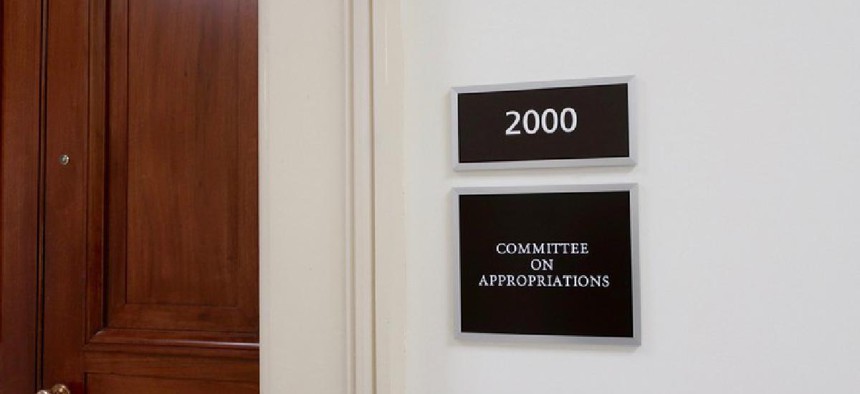DOD looks to civilian workforce to close technology gaps

The Defense Department has been increasingly looking to recruit civilians to fill its tech talent needs, but some lawmakers are concerned that the mission of uniformed troops could suffer.

Image credit: DCStockPhotography / Shutterstock.com
The Defense Department has been increasingly looking to recruit civilians to fill its tech talent needs, but lawmakers worry that there won't be enough resources to fund the uniformed services and procurement needs.
Rep. Ken Calvert (R-Calif.), the ranking member of the House Appropriations Subcommittee on Defense, said the civilian to military personnel in DOD was at an "all time high" and "unsustainable."
"I know that many civilian employees, particularly at our depots, are needed to carry out DOD's national security mission," Calvert said during an appropriations hearing Oct. 26 on the defense workforce. "However there has been significant growth throughout DOD's bureaucracy. And I don't see how we can afford to maintain the current civilian workforce into the future if we are forced to balance those costs with procurement and the research efforts which are absolutely necessary."
Gilbert Cisneros, the undersecretary of defense for personnel and readiness he didn't think a number or ratio could be used to cap the DOD's civilian workforce.
"The civilian workforce that we have at the Department of Defense is an integral part of the defense of our nation. They play a critical role in the work that we do. They enable the warfighters so they can be out there...in an operational mode," he said, adding that "it's just not proper for us to put a number on it."
The Army, which currently has a four-to-one ratio of military service members to civilian personnel, has also expanded its civilian hiring vectors, including a new scholarship program, according to Christopher Lowman, who is performing the duties of Army undersecretary.
Lowman testified that the Army has launched a STEM scholarship program for civilians with the goal of hiring 1,000 students over the next five years. The program will offset costs of tuition and books with the requirement they work 600 hours while enrolled in school. Graduates would then be required to work for the Army for four years of civilian service.
"We believe that early acquisition focused on STEM and cyber [talent] is critical," Lowman said.
The question comes as the Defense Department wrestles with a dearth of technical talent in specialized areas including cybersecurity and artificial intelligence.
"We need a way to identify what we are missing. There are a number of key issues that we've taken a broad approach to and we are now working to now single in on those: there are different areas of cyber, AI, writing data, collecting data-- all these areas are where we need individuals...and we need specific expertise," Cisneros said.
Cisneros said the DOD's Civilian Careers Website launched in June aims to centralize and promote civilian employment opportunities and career paths while also working "to debunk perceptions that DOD service is solely uniformed service."
The deputy defense secretary's workforce council is looking at a range of workforce challenges and impediments, including diversity, sexual assault and child care.
"On September 30, I provided guidance to DOD Components on maximizing the use of hiring flexibilities, to include direct hiring, which will allow us to attract and recruit civilian talent with expertise in AI, data science, and software development," Cisneros testified.
Earlier in the hearing, Dr. José-Marie Griffiths, president of Dakota State University and former commissioner on the National Security Commission for Artificial Intelligence, testified that the "government is not organized or resourced to win the technology competition against a committed competitor nor is it prepared to defend against AI threats."
Griffiths said there were several unmet needs for recruiting AI talent in DOD, including the need for funding in recruitment and identifying existing talent because "we're not fully aware of what digital talent already exists," in the military and civilian ranks.
"We're five years behind China right now and we have a deficit to make up," she said.
NEXT STORY: Biden nominates FCC, NTIA chiefs






